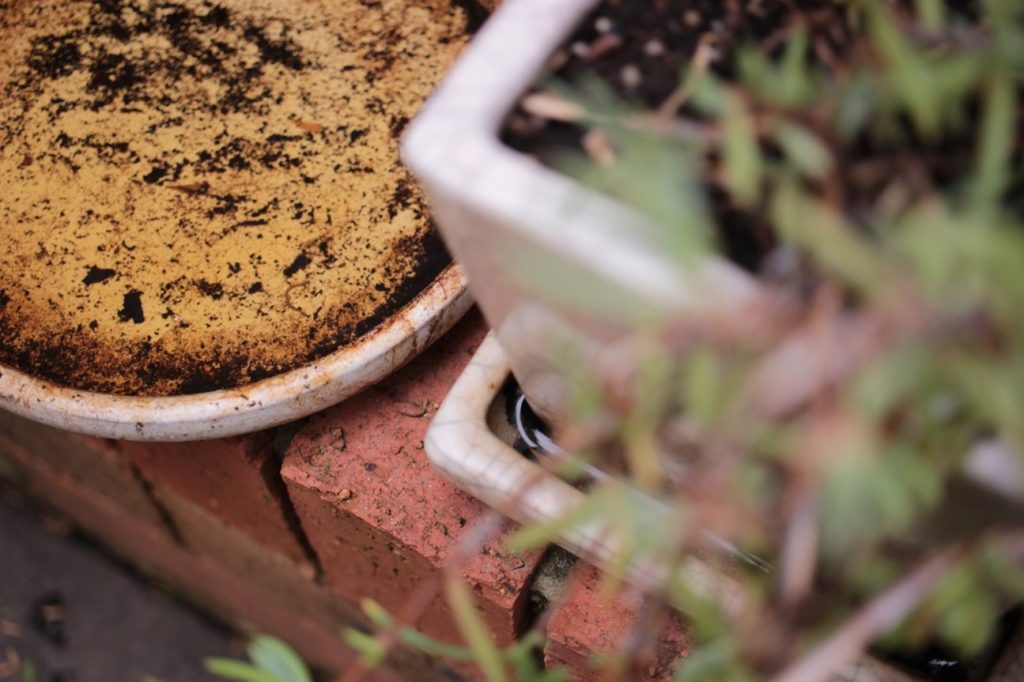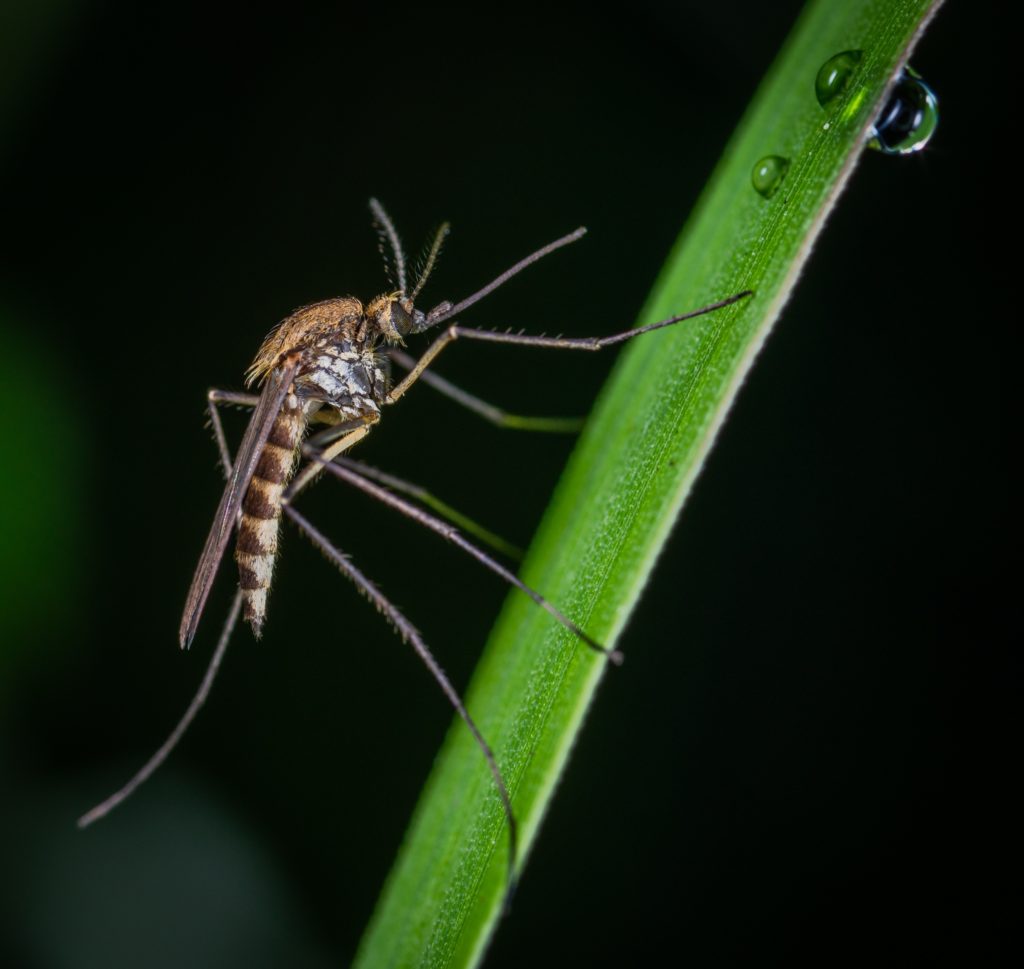As summer approaches, mosquitoes become more of a problem in many parts of Australia. From nuisance biting, to the risk of contracting a serious viral disease, mosquitoes are very unwelcome visitors around the home. We asked scientist Associate Professor Cameron Webb to tell us a bit about mosquitoes and how we can best manage them.
What is your interest in mosquitoes and how long have you been studying them?
I’ve been studying mosquitoes for over 20 years! I fell into this field of research by accident in many ways. I had completed a degree in environmental science at Macquarie University that had included a research project investigating the ways ants respond to rehabilitated sand dunes. When I finished that degree, I was looking for similar projects and was fortunate enough to be awarded a scholarship to investigate the ways mosquitoes responded to the construction and rehabilitation of wetlands in conjunction with the redevelopment of the Sydney Olympic Park precinct in preparation for the 2000 Sydney Olympics. I learned about local mosquitoes and their interactions with the environment and haven’t looked back.
How many mosquito species are there in Australia and where do they live?
We suspect there are over 300 mosquito species in Australia. They’re associated with almost every type of habitat imaginable, just so long as it includes water. Mosquitoes can be found in freshwater, saltwater, highly polluted water, and pristine wetlands. Despite this wide range of habitats, each species of mosquito tends to be highly specialized, preferring to lay its eggs in a particular habitat. Understanding these ecological relationships helps us better design mosquito control and management programs.

What is their lifecycle and role in nature?
Mosquitoes have a complex life cycle. They lay eggs in or around a water body and once inundated, immature stages, commonly known as “wrigglers” hatch and spend approximately one to two weeks before development into a pupae. These pupae are a little like underwater cocoons and after a few days, the pupae float to the water surface and the adult mosquito emerges. Adult mosquitoes generally do not live very long, only about 3 weeks. While female and male mosquitoes both get their energy from plant juices and sugars, the female mosquito needs blood to assist egg development. Almost all mosquitoes in Australia need blood but they don’t always get it from people – some mozzies prefer to bite birds or frogs.
Where do mosquito-borne diseases come from and how are they transmitted?
There are dozens of different pathogens, both parasites and viruses, spread by mosquitoes around the world. The malaria parasite causes over half a million deaths every year and hundreds of millions of people are infected by a mosquito-borne pathogen every year. Here in Australia, we’re generally free of the really serious pathogens, but Ross River virus does infect around 5,000 people every year. The virus is spread to people with the bite of a mosquito – the mosquito typically picks up the virus by biting a kangaroo or wallaby. The virus won’t cause fatal disease but it can sometimes be seriously debilitating with fever, rash, joint pain and fatigue.
The Bureau of Meteorology has forecast a La Niña weather event this year. Will this lead to more mosquitoes?
Mosquitoes generally respond to water and warmth. Like all insects, they like warm weather but when it rains, there are more places for mosquitoes to lay eggs and more chances for eggs to hatch. Given the current forecast of a return to more frequent rainfall over the summer, we’re probably more likely to see more mosquitoes. It looks like we’ll avoid the very hot and dry conditions of last summer so with the humid conditions to come, unfortunately mosquitoes will not be far away whenever we venture outdoors this summer.
What are the best environmentally-friendly ways to protect ourselves from mosquito bites around the home?
Probably the best way to avoid mosquitoes is to ensure you’re not creating opportunities for them around the home. Tip out, throw away, or cover up any water-holding containers. Make sure your roof gutters and backyard drains are cleaned and flowing easily. Screening your rainwater tank is really important too. If you add some native fish to any backyard pond, they will help keep mosquito numbers down. Flush out pet bowls and bird baths once a week to stop mosquito wrigglers completing their development.
In recent years, a new innovative product based on the principle of creating a monomolecular “oily” layer on the water surface to “drown” mosquito larvae has become available. This product is silicone – and not petroleum-based, and is registered for use in Australia in artificial containers. This can be useful in water storages around the backyard that cannot easily be regularly emptied.

For personal protection, there is a range of topical insect repellents available. Many of the registered formulations contain similar ingredients and should provide protection if the directions are followed. It is important that a thin, even application is applied to all exposed areas of skin. That will provide the best protection against biting insects. Further detailed information can be found here: http://medent.usyd.edu.au/RepellentGuidelines.pdf
Where can we learn more about mosquitoes?
To stay up to date with information on mosquitoes this summer, keep an eye on messages from the various health departments or your local council. I’m always sharing tips and tricks on beating the bite of mosquitoes through social media (follow me on Twitter @mozziebites or on Facebook @mozziebites).


how can we not leave water out dogs have to drink is there any product that is pet safe to use